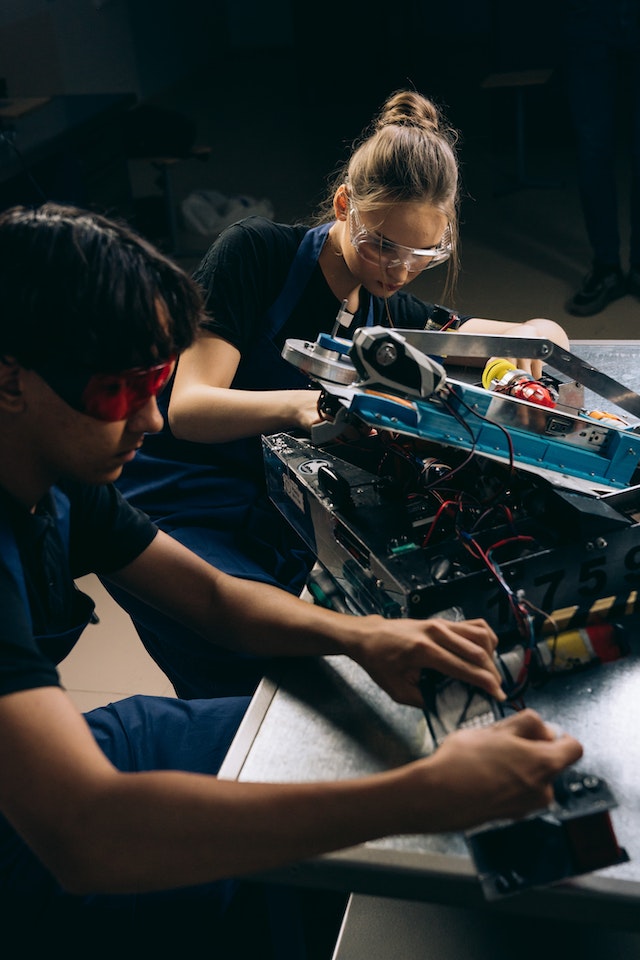
Kit testing should be an integral part of the kit assembly process. Ideally the kit manufacturer will include a written testing plan that you can follow during your total experience with the kit. All major appliances, vehicles and manufactured goods have some sort of test plan to ensure that the manufactured good performs as designed and in a reliable fashion.
If the kit does not contain a test plan, you should create one before proceeding. It will help you manage your time and minimize your aggravation. How many times do you want to disassemble and reassemble some portion of the kit when you find it is not working properly?
Test Goals and Phases
So, kit testing goals include:
- Setting you the builder/student’s expectation on kit quality, assembly challenges and time to complete the assembly of the kit;
- Help you minimize issues when assembling the kit and after, when using and learning from the assembled kit.
Thorough kit testing should be done in four (4) phases.
- Before Assembly / Post Inventory: The various electronic modules, servos, motors and pre-assembled kit assemblies should be tested. Any components found to be malfunctioning should be replaced and retested.
- During Assembly: As key elements are assembled, these assemblies should be tested. Any malfunctioning assemblies should be repaired/replaced before proceeding.
- After Assembly System Tests: Once the kit is assembled, basic overall system testing should be done. For example, when the power is turned on, does the kit activate? If the kit can move, will it move when directed? If the kit can capture video, can you see what the kit is viewing? Anything found to be non-functioning or functioning in an unexpected manner should be repaired before proceeding.
- After Assembly Capability Tests: A kit has been advertised to have certain capabilities: see, detect object, color match, etc. Each of these capabilities should be tested.
Post Testing

Once all of the testing has been completed, proceed on to the various STEM lessons. Some of these lessons may repeat some of the system and capability tests, but they should contain explanations of why the tests where important, how things worked and the basic science and engineering involved.
